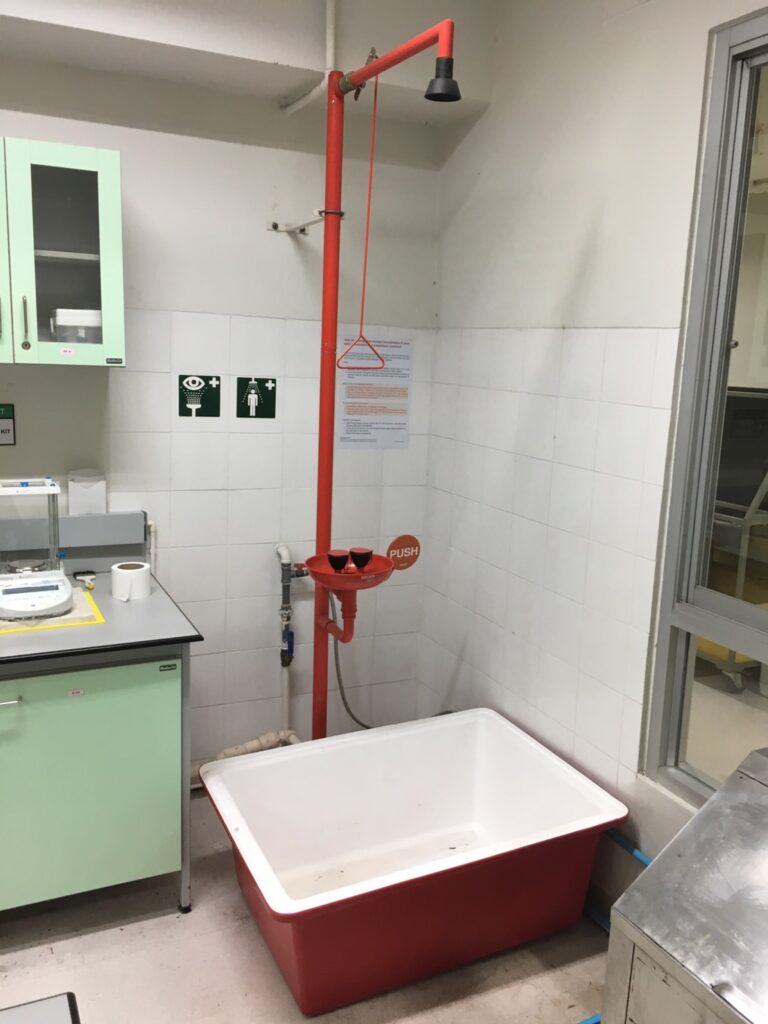Last Updated on March 12, 2024 by Asfa Rasheed
It’s an all-too-familiar scene: You’ve just returned home after a long day only to find standing water in your bathroom or kitchen. Maybe it’s a messy splatter around the sink, or you hear running water coming from somewhere behind the walls. Home plumbing emergencies are one of the most common and irritating problems any homeowner can face. Of course, you don’t want to wait for a plumber if possible — and often, there are steps you can take to fix the problem yourself.
Fortunately, with guidance from a plumbing expert and a little DIY know-how, you can be prepared to handle nearly any home plumbing emergency. Here are some useful tips and tricks to help you fix the problem quickly!
Have Basic Tools on Hand
Having the right tools on hand is key when plunging into plumbing emergencies. Plumbers often bring a flashlight, a few adjustable wrenches, and some plumber’s tape to make quick work of any plumbing problem. Stocking these items in your home will help you tackle whatever plumbing emergency arises.
Although flashlights are useful for identifying leaky joints and fixtures, compact ones like EDC flashlights are ideal for inspecting plumbing issues in cramped spaces. Some models, like the Fenix PD36R, have handy features like a two-way body clip for hands-free lighting while checking your pipes and the rest of the system.
Know How to Shut Off the Water Supply
The most important step in handling a plumbing emergency is knowing how to shut off the water supply. Most homes have at least one main water-supply valve, usually near where the main line enters your home. If you don’t know where yours is, locate it now and make sure you can easily find it when an emergency arises.
Know How To Manage Common Household Plumbing Repairs
Knowing how to handle common home plumbing repairs is a great way to save money on repair bills and get out of a sticky situation. For instance, you can often tackle small leaks in faucets or pipes with just a few tools. Here are some quick instructions on handling common household plumbing emergency repairs:
- Unclogging a sink or shower drain: Use a plunger or plumbing snake to break up the blockage and clear it out.
- Stopping a leaky faucet: Get a new washer or O-ring if it’s worn out. If that doesn’t work, you may need to replace the entire valve.
- Fixing a running toilet: Check the flapper valve, refill tube, and flush valve to see if they need to be replaced.
- Replacing a leaking pipe: Turn off the water supply, use a pipe cutter or saw to cut the pipe, and replace it with a new one.
- Fixing a clogged toilet: Use a plunger to break up the blockage and clear it out. If that doesn’t work, you may need to switch to a plumbing snake or call a professional.
Know When to Call a Professional
While homeowners can handle some plumbing issues quickly and easily, others are better left to professional plumbers. If you think the problem may be more serious or require specialized skills or tools, call in an expert sooner rather than later.
By equipping yourself with the knowledge and tools outlined above, you’ll be ready to face plumbing emergencies head-on. Whether it’s a leaky faucet or a clogged drain, you have the power to fix it efficiently and effectively. But more importantly, by being proactive and learning about your home’s plumbing system, you can prevent emergencies from happening. Always remember to have the right tools and call a professional plumber when the situation calls for it.
Apart from this, if you are interested to know more about New Construction Plumbing in Washington Work then visit our Technology category
